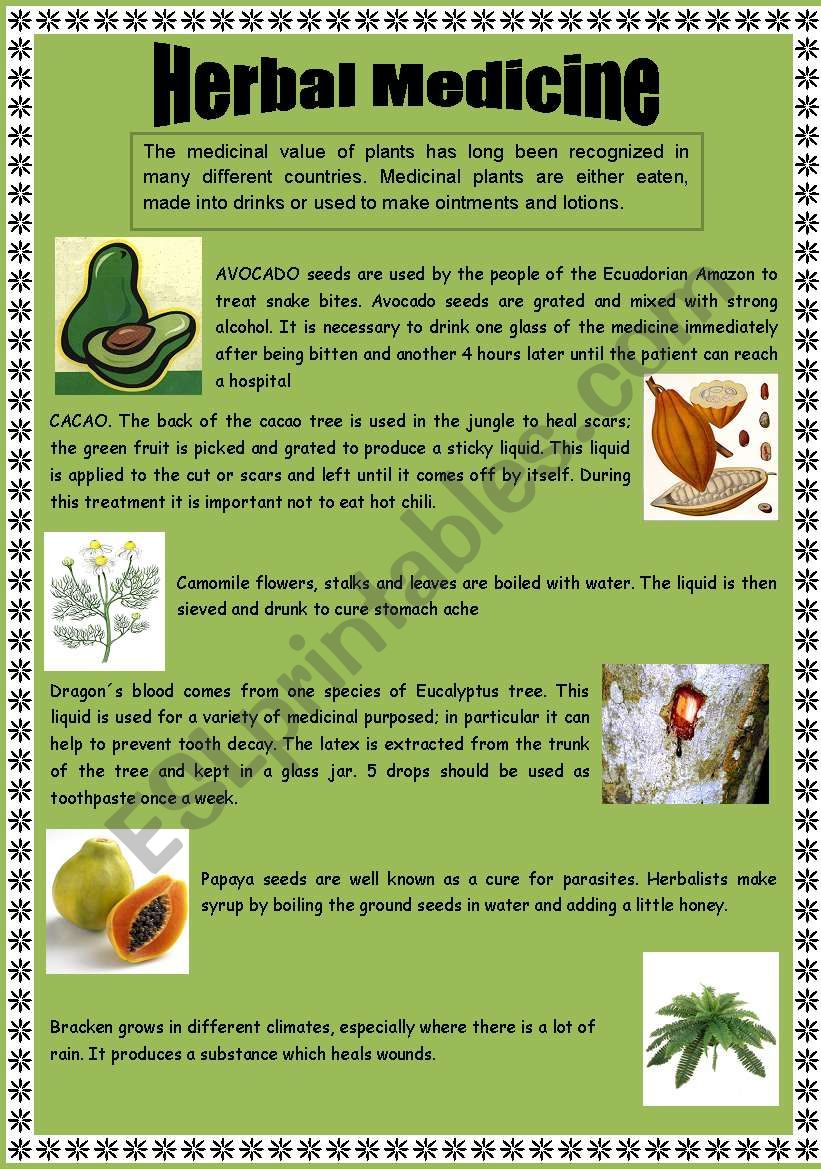

Several polyherbal drugs have been formulated and have been used to treat various diseases till date. This served as the best example of functional incompatibility. However, active marker (andrographolide or AGD) of Kalmegh was found to be undamaged (Bhope et al. ( Scrophulariaceae) that has similar pharmacological significance. For instance, Kalmegh is an extract of Andrographis paniculata (Burm.f) Nees ( Acanthaceae), which is known to possess hepatoprotective ability, degraded the active markers (kutkoside and picroside-I) of kutki or Picrorhiza kurroa Royle ex Benth. The incompatibility may be due to energetic incompatibility, quantitative incompatibility or functional incompatibility. 2014 Karimi and Majlesi 2015).ĭespite several beneficial effects over conventional allopathic medicines, polyherbal medicines are sometimes considered to be incompatible ( viruddha). Although one cannot simply oversight the toxicity issue of herbal medicines, people are intriguing the efficacy of these plant-based therapeutics (Parasuraman et al. Allopathic medicines have been reported with adverse effects like vomiting, fatigue, diarrhea, hair loss, and confusion, whereas the polyherbal medicines are reported to cause mere and negligible side-effects, without altering the human metabolism. Ayurvedic medicines have been the center of discussion over their negligible adverse effects over conventional allopathic drugs.

Besides, polyherbal medicines eliminate the necessity of more than one type of formulation at a time, which could benefit in the development of better therapeutic effect. Unlike conventional drugs which follow single-drug-single-target action, Ayurvedic drugs are expected to perform diverse pharmacological functions, at least to the extent of relieving symptoms. Most of these medicines available in the markets are the combination of herbs with desirable therapeutic effect following the mechanism of synergism (Parasuraman et al. However, many potent phytochemicals could be used to get a synergistic effect, which is greater than the individual effect of a single compound. The efficacy of the polyherbal medicine is comparatively higher than the single herb medicine. Even though the present obsession with synthetic drugs is unbudgeable, the input of plants and their supplements to disease management, treatment and prevention is rapidly gaining interest (Veeresham 2012 Anquez-Traxler 2011).Īyurvedic medicines are mainly based on the concept of either a single plant source or the combination of more than one plant source (polyherbal). The association of Ayurvedic medicines with the modification in lifestyle and diet helps in restoring the imbalance in between the mental and physical elements, which is acknowledged as improvising the innate immunity ( bala) (Mahesh and Shreevidya 2014). As a result, Ayurvedic medicines have sought a profound baseline with the usage of plants as the source of medicines (Altemimi et al. Ayurveda is purely based on plants that are associated with numerous medicinal properties which help in curing and prevention of several health maladies. It is referred to as the amalgamation of senses, body, mind, and spirit, comprehended as the life (Sharma 2016). The commentary also projects the essential factors that need to be concerned to use Shiva Gutika as an efficient replacement to the conventional therapeutic agents.Īyurveda is an ancient, well-organized traditional Indian culture for medicine that has been in practice in the past 300 decades. The present commentary highlights the importance of Shiva Gutika by emphasizing on its phytochemical profile and pharmacological activity on some uncommon morbidities as mentioned above.

However, much the pharmacological effect of Shiva Gutika on diseases like cancer and diabetes mellitus are poorly understood and still needs to be elucidated. The phytochemical profiling of Shiva Gutika depicts the uncommon combination of phytochemicals extracted from different medicinal plants. In the context, Shiva Gutika proves to be an effective treatment against some uncommon health maladies like spondyloepiphyseal dysplasia tarda (SEDT), HIV-AIDS and dyslipidemia. The resultant synergistic effect of these formulations has been remarked with pharmacological efficiency as well as minimal toxic effects. Polyherbal drugs have been regarded as the most advantageous results of Ayurveda as they consist of numerous phytoconstituents with ameliorative effects on body metabolism.


 0 kommentar(er)
0 kommentar(er)
